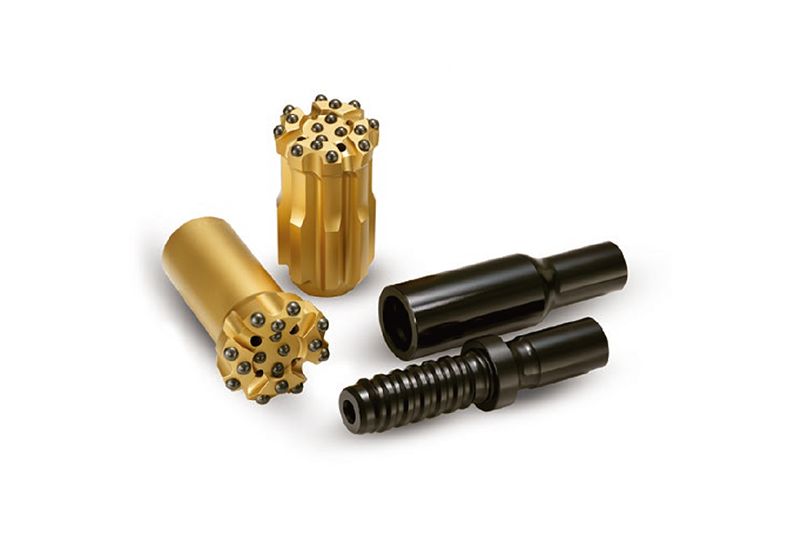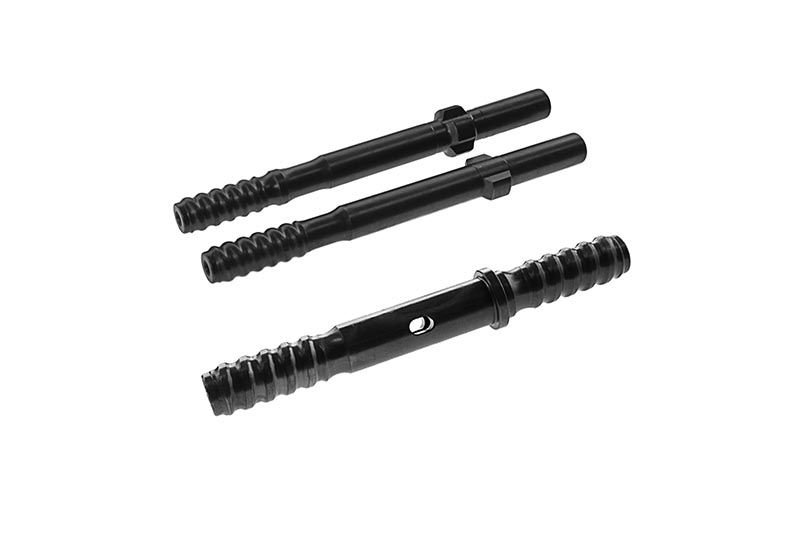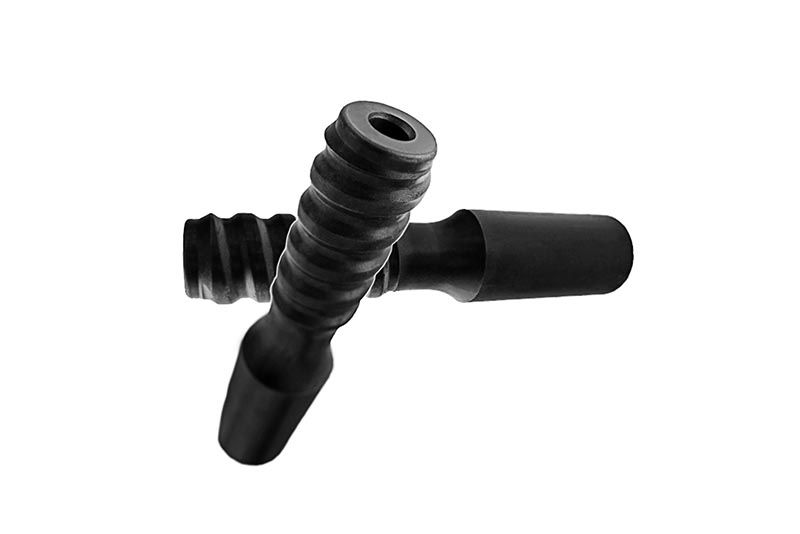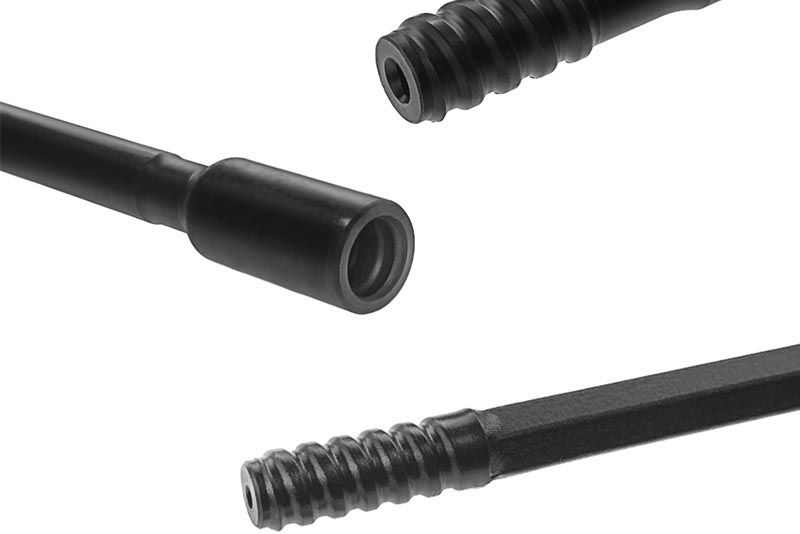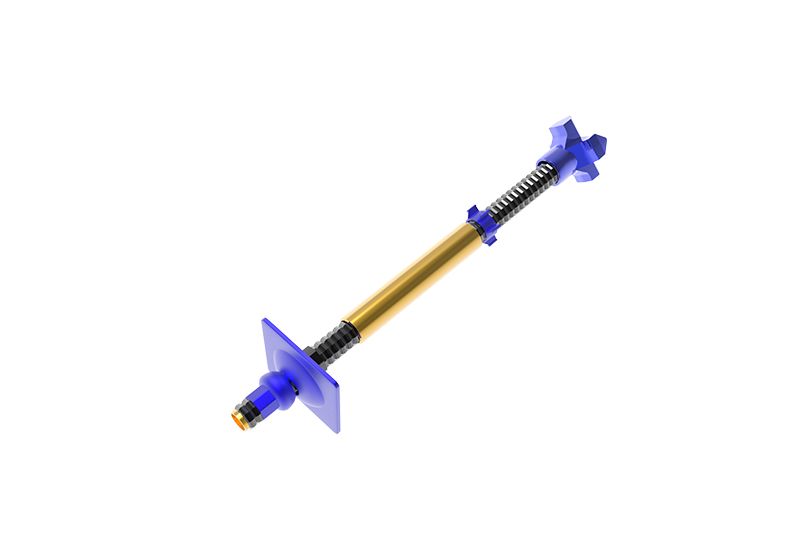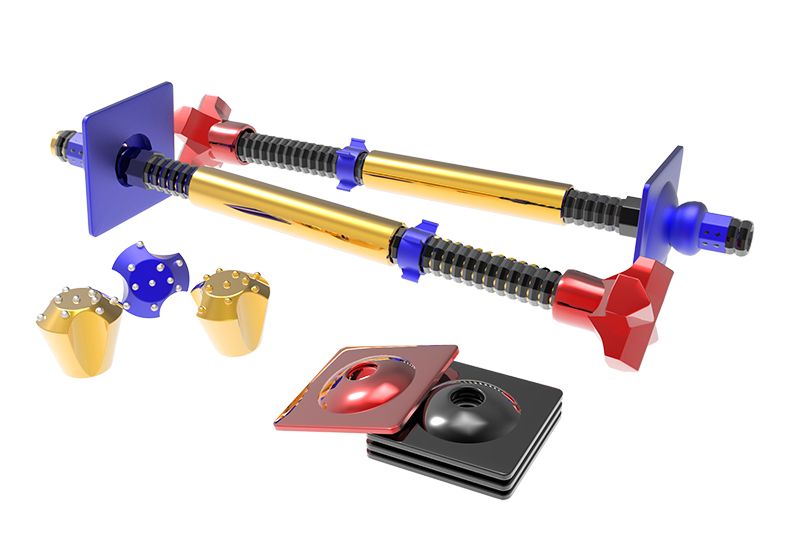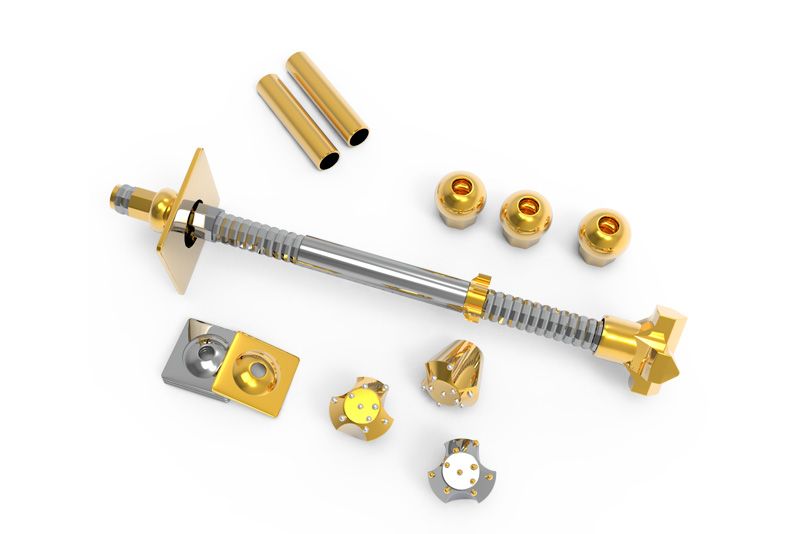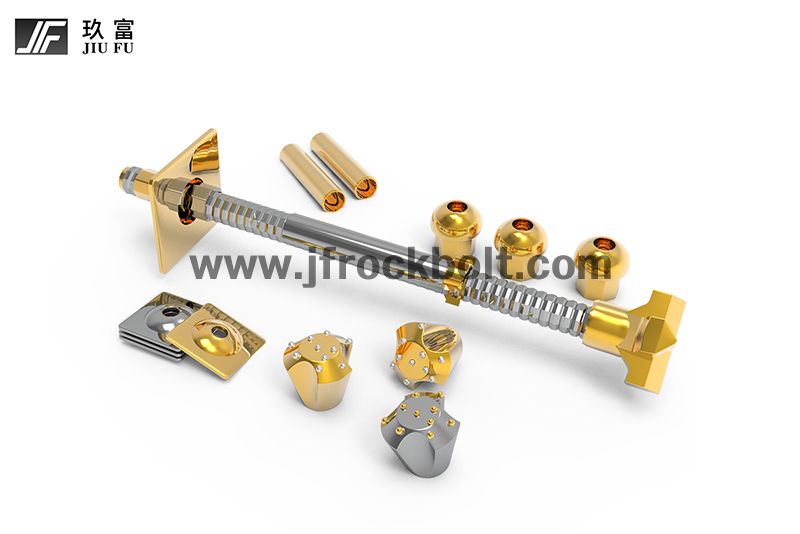Installation:
1. Select the appropriate model and specification of coupling, and design and manufacture it according to the diameter and length of the shaft.
2. Before installation, please confirm whether the coupling meets the usage requirements, and check the safety of the coupling, such as whether there are wear, cracks and other defects.
3. Install both ends of the coupling on the corresponding shafts, and then fix the coupling pins to ensure a firm connection.
Disassembly:
1. Before disassembly, please remove the power supply of the corresponding machine and equipment and ensure that the coupling is in a stopped state.
2. Remove the pins and use appropriate tools to loosen the nuts at both ends of the coupling.
3. Carefully remove the coupling to avoid damaging related machinery and equipment.
Adjustment:
1. When a deviation is found during the operation of the coupling, the coupling should be stopped immediately and the machine equipment should be checked.
2. Adjust the shaft alignment of the coupling, use a steel ruler or pointer to measure and adjust the distance between the shafts.
3. If alignment is not required, the eccentricity of the coupling should be adjusted so that it is coaxial with the centerline of the shaft.
Maintenance:
1. Regularly check the wear of the coupling. If there is any wear, replace it in time.
2. After long-term use of the coupling, it should be lubricated, cleaned and maintained regularly to ensure its normal operation.
3. Avoid overload use to prevent damage to couplings or machinery and equipment.
To sum up, the usage methods and techniques of couplings are very important, especially in the production and use of mechanical equipment. Correct installation, disassembly, adjustment and maintenance can extend the service life of the coupling, reduce the failure rate of machine equipment and improve production efficiency. Therefore, it is recommended that users carefully follow the operating procedures when using couplings to reduce damage and failures caused by improper operation.
1. Mobility. The mobility of the coupling refers to the ability to compensate for the relative displacement of the two rotating components. Factors such as manufacturing and installation errors between connected components, temperature changes during operation, and load deformation all place requirements on mobility. The movable performance compensates or alleviates the additional load between shafts, bearings, couplings and other components caused by the relative displacement between rotating components.
2. Buffering property. For situations where the load starts frequently or the working load changes, the coupling must have elastic elements that play a buffering and vibration-damping role to protect the prime mover and working machine from being damaged or not.
3. Safe, reliable, with sufficient strength and service life.
4. Simple structure, easy assembly, disassembly and maintenance. The installation method is simple and the operation is easy, which can effectively reduce time and labor costs.


